Gabapentin: Uses, Side Effects & Addiction Treatment
Written by Jonathan Strum
& Medically Reviewed by Michelle Giordano
Medically Reviewed
Last updated: 08/09/2022
Gabapentin is not a certified controlled substance, but it is still addictive. Treatment may help those living with a gabapentin use disorder.
Gabapentin is commonly prescribed to treat seizures in adults and children. It can also treat nerve pain in adults, but it is associated with a risk for abuse. As prescribers across the country unite to combat the opioid epidemic that has plagued countless communities, gabapentin use has increased dramatically over the last decade. A study conducted in Florida highlights that many adults misuse this medication with or without a prescription.
What Is Gabapentin Used For?
Although its primary use is for specific types of seizures, gabapentin can also be used to treat pain related to nerve damage from a variety of conditions, including shingles. People who experience numbness or tingling from nerve damage as a result of severe diabetes may be prescribed gabapentin to alleviate those symptoms. It also helps treat restless leg syndrome (RLS). Studies have demonstrated that gabapentin is also effective in improving pain associated with fibromyalgia.
The exact method associated with this drug relieving pain is unknown; however, it is believed to block the body’s pain response from nerve pain and inflammation. Gabapentin is structurally related to a neurotransmitter found in the body called GABA, which helps block pain impulses. Although this medication does not affect GABA directly, scientists believe that its ability to decrease pain may be related to their structural similarities.
Gabapentin Brand Names
There are a variety of names associated with gabapentin. These brand names include:
- FusePaq Fanatrex
- Gabarone
- Gralise
- Neurontin
See Related: Lyrica vs. Gabapentin
Gabapentin Dosage
This medication is prescribed as a tablet, capsule or liquid. Each formulation comes in different strengths. Examples of gabapentin dosages and appearance include:
Capsules
- 100 mg: White hard gelatin capsules printed with “PD” on the body and “Neurontin/100 mg” on the cap
- 300 mg: Yellow hard gelatin capsules printed with “PD” on the body and “Neurontin/300 mg” on the cap
- 400 mg: Orange hard gelatin capsules printed with “PD” on the body and “Neurontin/400 mg” on the cap
Tablets
- 600 mg: White elliptical film-coated scored tablets debossed with “NT” and “16” on one side
- 800 mg: White elliptical film-coated scored tablets debossed with “NT” and “26” on one side
Oral solution
- 250 mg per 5 mL (50 mg per mL), clear colorless to slightly yellow solution
Gabapentin Side Effects
As with any medication, side effects may occur. Some common side effects of gabapentin include:
- Dizziness
- Drowsiness
- Weakness
- Headache
- Blurred vision
- Nausea and vomiting
- Unsteadiness
- Constipation
- Tremor
- Memory problems
- Swelling of hands and feet
- Difficulty breathing
Gabapentin Weight Gain
Although weight gain is possible when taking gabapentin, it is rare. After six weeks of therapy with this drug, a person may gain approximately five pounds. Symptoms and complications of weight gain with gabapentin include:
- Increased appetite
- Fluid retention
- Lack of exercise due to fatigue
Gabapentin Sexual Side Effects
Sexual problems may arise when taking a total daily dose of 300 mg or more of gabapentin. Symptoms and complications of sexual side effects include:
- Decreased libido
- Inability to orgasm
- Inability to ejaculate
- Inability to achieve an erection
Gabapentin Side Effects in Elderly
The elderly population generally has reduced liver and kidney function, so lower doses of gabapentin may be recommended. Common side effects like dizziness and unsteadiness may be more pronounced in older adults. Complications of gabapentin in the elderly include:
- Increased risk of fall
- Water retention that can worsen cardiovascular issues
- Reduced lung function that can increase complications of pre-existing respiratory illness
Gabapentin Long-Term Side Effects
As with many pain medications, long-term use of gabapentin can lead to tolerance, where a higher dose is required to provide the same pain-alleviating effects. Long-term side effects of gabapentin may include:
- Altered mental status
- Memory loss
- Renal dysfunction
- Respiratory failure
Is Gabapentin Addictive?
Gabapentin is not a controlled substance, which may lead someone to think it may not be addictive, but this is not the case. There is a risk of abuse associated with gabapentin. Someone taking gabapentin may experience increased relaxation, a feeling of calm, improved sociability and euphoria. These feelings can lead to addiction, where the person seeks out and uses the drug despite negative consequences.
Gabapentin may be misused alone or in combination with opioid medications. There has been an increase in gabapentin prescriptions as physicians and practitioners fight opioid abuse. The number of prescriptions filled for gabapentin rose from 8.3 million in 2012 to 13.1 million in 2016, and this number continues to grow. The number of people obtaining this drug without a prescription is also on the rise. It is reported that of the 1% of the general population that uses gabapentin, only 40–65% take this drug with a valid prescription.
Are you or a loved one struggling with addiction?
Our Recovery Advocates are available 24/7 to help.
Gabapentin and Alcohol
Because gabapentin can already cause dizziness, drowsiness and altered mental state, alcohol should not be consumed with this medication. Alcohol can increase these side effects and lead to physical injury from the risk of falling.
Gabapentin Overdose
A person can overdose on gabapentin when taken alone or in combination with opioids. Signs of a gabapentin overdose include:
- Double vision
- Slurred speech
- Sleepiness
- Diarrhea
If a gabapentin overdose is suspected, contact the poison control helpline at 1-800-222-1222. If the individual is unconscious, has difficulty breathing or collapses, call 911 immediately.
How Long Does Gabapentin Stay in Your System?
Gabapentin can remain in the body up to two days after ingestion, but gabapentin may stay in the system for up to one week for people with kidney issues, or the elderly. Because gabapentin is not legally a controlled substance, there is no data confirming how long this medication can be detected in the urine, blood or hair.
It would be reasonable to assume that it is not detectable in the blood or urine after around two days, since the medication is eliminated from the body within that time. The most effective way to detect gabapentin use would be through hair samples, which generally detect drugs up to 90 days.
Gabapentin Withdrawal
Abruptly stopping gabapentin can have serious effects, particularly when taken at high doses. The medication needs to be tapered slowly to reduce harm to the body. Reports show that withdrawal symptoms occurred in patients taking as little as 400 mg per day. Withdrawal symptoms may begin as soon as 12 hours after suddenly stopping the medication or they can take as long as seven days to begin.
Gabapentin Withdrawal Symptoms
Withdrawal symptoms associated with gabapentin include:
- Agitation
- Disorientation
- Confusion
- Headache
- Stomach pain
- Increased heart rate
- Sweating
- Twitching
- Sensitivity to light
- Anxiety
Gabapentin Detox
Detox is your first step to recovering from dependence and addiction to gabapentin. This involves clearing the drug from the body under the direct supervision of a medical professional. Withdrawal symptoms can be managed as the dose is lowered gradually and eventually stopped. The patient will be as comfortable as possible with or without the use of other medications to facilitate the process.
Treatment Programs for Gabapentin Abuse
If a person is struggling with dependence or addiction to gabapentin, help is within reach. The Recovery Village is dedicated to helping anyone with a substance use disorder begin and maintain their recovery journey. Their facilities offer a complete continuum of care, beginning with detoxing the substance from the body under the care of medical professionals. Upon finishing detox, the client, in consultation with our credentialed staff, may opt to continue treatment in an inpatient, partial hospitalization or outpatient program.
During an inpatient stay, patients have fully-programmed days of therapy, guidance and medical support as they live onsite. A partial hospitalization program (PHP) provides more independence and accountability, while maintaining the necessary support this stage requires.
Outpatient care provides psychotherapy, including teletherapy, and medical care on a scheduled basis. The team at the Recovery Village includes a broad range of licensed healthcare professionals, each with individual credentials and expertise to accommodate the full spectrum of the client’s needs.
The Recovery Village Network of facilities, including those in Lake Worth in Palm Beach, Miami and beyond are conveniently located near major airports for ease of travel. If you or someone you love is struggling with a gabapentin use disorder, contact us today to speak with our staff to learn more about how our treatment programs can help you work toward a successful future.
View Sources
Durbin, K. “Gabapentin.” Drugs.com, March 3, 2021. Accessed February 2, 2022.
ClinCalc.com. “Gabapentin.” September 15, 2021. Accessed February 2, 2022.
Buttram, M; Kurtz, S. “Descriptions of Gabapentin Misuse and Associated Behaviors among a Sample of Opioid (Mis)users in South Florida.” Journal of Psychoactive Drugs, August 4, 2020. Accessed February 2, 2022.
U.S. National Library of Medicine. “Gabapentin.” MedlinePlus, May 5, 2020. Accessed February 2, 2022.
Groch, J. “Gabapentin (Neurontin) Eases Chronic Pain in Fibromyalgia.” MedPage Today, June 13, 2007. Accessed February 2, 2022.
U.S. Food and Drug Administration (FDA). “Neurontin.” Pfizer, Inc., April 2009. Accessed February 2, 2022.
University of Texas Medical Branch at Galveston. “Putting the brakes on pain: Researchers protect GABA neurons from oxidative stress.” ScienceDaily, August 5, 2013. Accessed February 2, 2022.
U.S. Food and Drug Administration (FDA). “Highlights of Prescribing Information: Neurontin.” Pfizer, Inc.,October 2017. Accessed February 2, 2022.
Chao, S. “Does gabapentin cause weight gain?” Drugs.com, October 4, 2020. Accessed February 2, 2022.
Kaufman, K; Struck, PJ. “Gabapentin-induced sexual dysfunction.” Epilepsy & Behavior, May 25, 2011. Accessed February 2, 2022.
Meds Safety. “Side Effects of Gabapentin In The Elderly.” January 2022. Accessed February 2, 2022.
Miller, J. “20% of older patients prescribed gabapentin after surgery use it long term.” Healio, July 8, 2021. Accessed February 2, 2022.
Smith, B; Higgins, C; et al. “Substance misuse of gabapentin.” British Journal of General Practice, August 2012. Accessed February 2, 2022.
Arnold, N. “FDA In Brief: FDA requires new warning for gabapentinoids about risk of respiratory depression.” U.S. Food and Drug Administration, December 19, 2019. Accessed February 2, 2022.
Smith, R; Havens, J; et al. “Gabapentin misuse, abuse, and diversion: A systematic review.” U.S. National Library of Medicine, March 18, 2016. Accessed February 2, 2022.
Drugs Details. “How long does Gabapentin stay in your system” Accessed February 2, 2022.
Drugs.com. “How long does gabapentin withdrawal last?” November 13, 2020. Accessed February 2, 2022.
Gryczynski, J; Schwartz, RP; et al. “Hair Drug Testing Results and Self-reported Drug Use among Primary Care Patients with Moderate-risk Illicit Drug Use.” Drug and Alcohol Dependence, May 17, 2014. Accessed February 2, 2022.
Authorship



